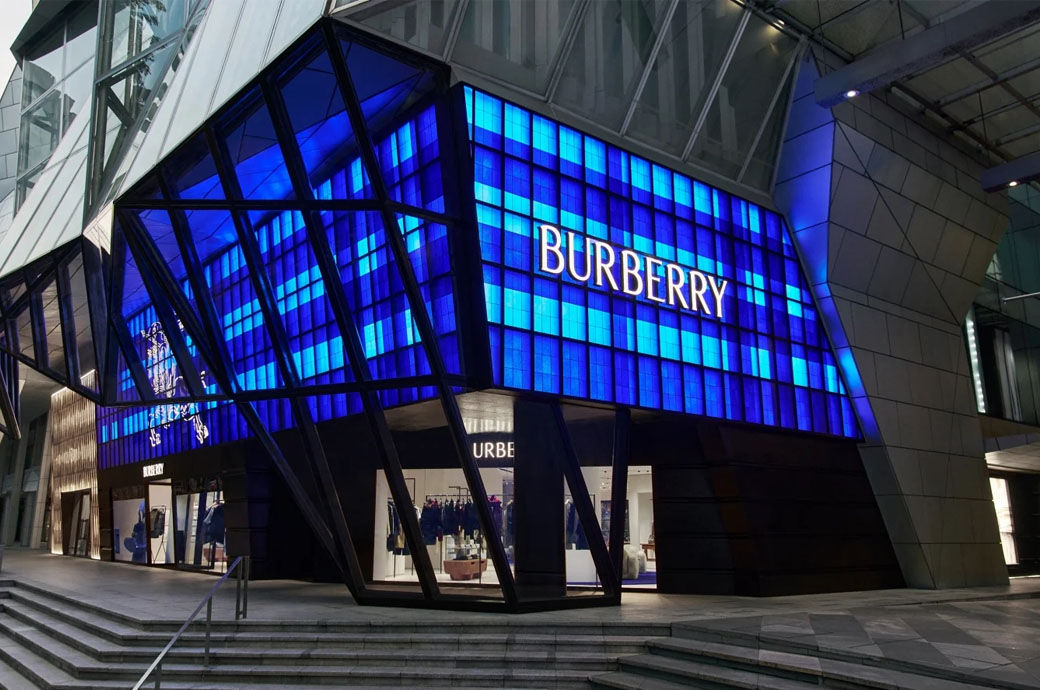UK fashion brand Burberry unveils new store in Singapore’s Wisma Atria

Located on the vibrant Orchard Road, the store’s floor finishings and product counters are made using Portland stone, a material quarried on the Isle of Portland in Dorset and found in numerous buildings throughout London. The store also features black cast iron for rails and railings used for fencing outside traditional townhouses and iconic buildings such as Westminster Abbey and the Houses of Parliament; a short walk from Horseferry House, Burberry’s headquarters.
Burberry opens a new store in Singapore’s Wisma Atria, inspired by London architecture with Portland stone, black cast iron, and stained glass showcasing its Equestrian Knight Design.
Featuring sculptural installations, it offers an immersive brand experience.
The store debuts with the Spring 2025 collection, classic outerwear, and cashmere scarves in the iconic Burberry Check.
The store’s façade features an illustration of the Equestrian Knight Design designed by British artist Helen Bullock, sitting proudly on stained glass in Knight Blue, Burberry’s house colour. The Knight is also deconstructed into various sculptural installations such as shields, banners and horses in the store. The installations set out to immerse visitors in a captivating in-store experience, engaging our customers about the brand’s rich heritage through a contemporary perspective. Inside, Burberry stores are intricately designed for optimum product discovery and beautifully arranged to create a warm and inviting space for customers.
The Wisma Atria store will open with Burberry’s Spring 2025 collection, inspired by the outdoors and defined by a sense of easy elegance. The collection sits alongside Burberry’s recent outerwear styles including signature trench coats, puffers, quilts and Harrington jackets which provide warmth and protection from the elements. Meanwhile, the selection of scarves features the iconic Burberry Check design in cashmere, woven at 200-year-old Scottish mill, Johnstons of Elgin.
Note: The content of this press release has not been edited by Fibre2Fashion staff.
Fibre2Fashion News Desk (RM)
Related
High street fashion giant to close 35 stores in just…
SelectFashion, the popular women's fashion retailer known for its affordable, trendy clothing, is set to close 35 stores within days, following a series of clo
Paris Friday: Victoria Beckham, Issey Miyake, Kenzo, and Róisín Pierce
One ranged from a gilded embassy or under the Louvre to an elegant br
Hillingdon woman adapts clothes to help neurodivergent shoppers
Ms Rule is a special educational needs coordinator at Douay Martyrs Catholic Secondary School in Hillingdon but works on her business in the evenings and at wee
British fashion creators accuse Chinese retail giant Shein of using…
British fashion is under threat from artificial intelligence that can identify popular products and flood the market with cheap copies, designers have warned.Fu












